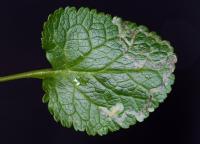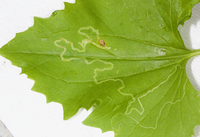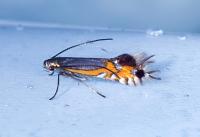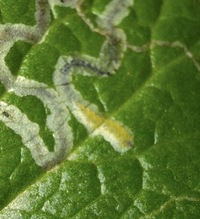
| Recorded by: Marilyn Westphal on 2025-12-22
Henderson Co.
Comment: | 
iNaturalist | Recorded by: feroxara - Raven Dandridge on 2025-11-13
Burke Co.
Comment: iNat record - https://www.inaturalist.org/observations/326395000 |
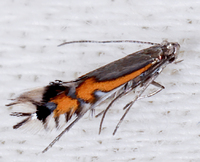
| Recorded by: John Petranka on 2025-11-12
Orange Co.
Comment: | 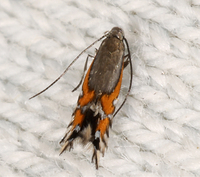
| Recorded by: John Petranka on 2025-11-12
Orange Co.
Comment: |
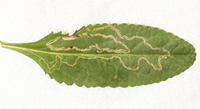
| Recorded by: John Petranka on 2025-11-04
Orange Co.
Comment: | 
| Recorded by: Mark Basinger on 2025-10-18
Stanly Co.
Comment: Erechtites hieraciifolius was host plant. Mines were apparently unoccupied. |
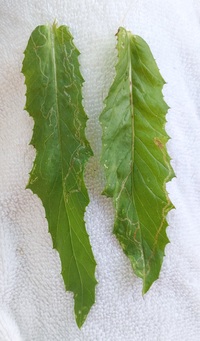
| Recorded by: Mark Basinger on 2025-10-03
Anson Co.
Comment: | 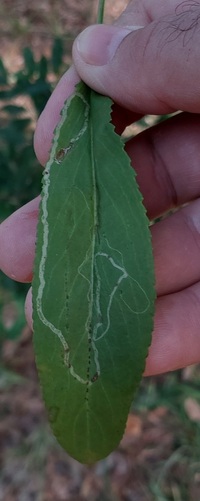
| Recorded by: Mark Basinger on 2025-10-03
Robeson Co.
Comment: |
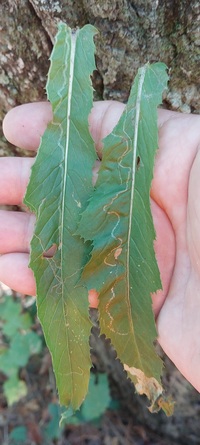
| Recorded by: Mark Basinger on 2025-10-01
Hoke Co.
Comment: | 
| Recorded by: Jim Petranka, Becky Elkin, Nora Murdock, Marilyn Westphal on 2025-08-26
Rutherford Co.
Comment: |
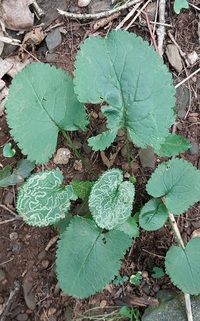
| Recorded by: Mark Basinger on 2025-08-15
Ashe Co.
Comment: | 
| Recorded by: Mark Basinger on 2025-08-09
Ashe Co.
Comment: |
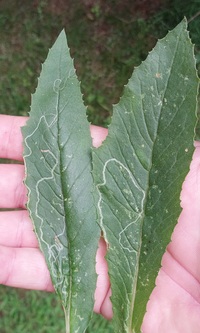
| Recorded by: Mark Basinger on 2025-08-09
Wilkes Co.
Comment: | 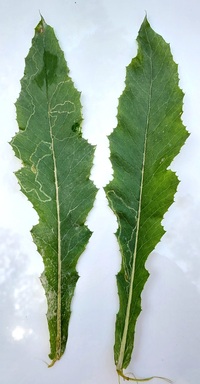
| Recorded by: Mark Basinger, Jim Petranka, and Becky Elkin on 2025-08-03
Moore Co.
Comment: |
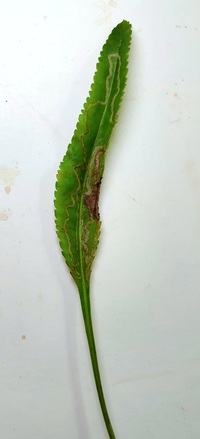
| Recorded by: Mark Basinger, Jim Petranka, and Becky Elkin on 2025-08-03
Moore Co.
Comment: | 
| Recorded by: Dean Furbish, Lior S. Carlson on 2025-07-29
Cleveland Co.
Comment: |
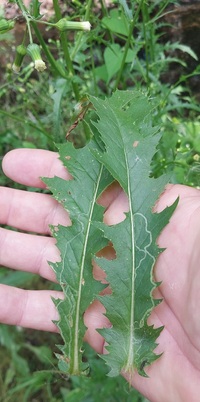
| Recorded by: Mark Basinger on 2025-07-23
Columbus Co.
Comment: | 
| Recorded by: Mark Basinger on 2025-07-23
Columbus Co.
Comment: |
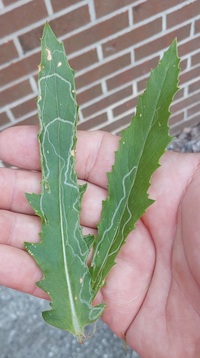
| Recorded by: Mark Basinger on 2025-07-20
Brunswick Co.
Comment: | 
| Recorded by: Ken Kneidel on 2025-07-14
Yancey Co.
Comment: |

| Recorded by: Ken Kneidel on 2025-07-14
Yancey Co.
Comment: | 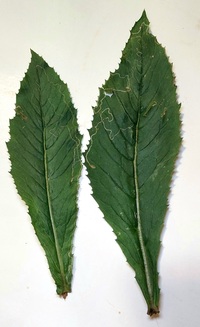
| Recorded by: Mark Basinger on 2025-07-12
Rowan Co.
Comment: |
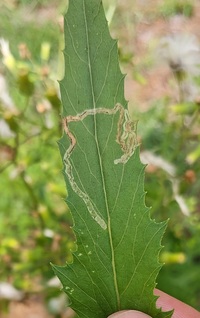
| Recorded by: Mark Basinger on 2025-07-10
Bladen Co.
Comment: | 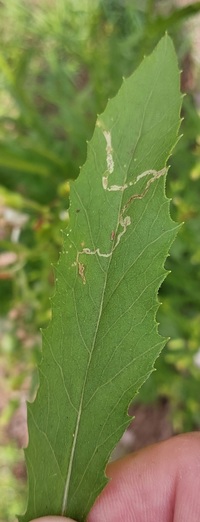
| Recorded by: Mark Basinger on 2025-07-10
Bladen Co.
Comment: |

| Recorded by: Mark Basinger on 2025-07-05
Wilson Co.
Comment: | 
| Recorded by: Mark Basinger on 2025-06-22
Buncombe Co.
Comment: |
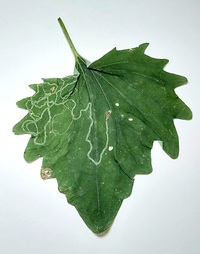
| Recorded by: Mark Basinger on 2024-10-16
Rowan Co.
Comment: | 
| Recorded by: Mark Basinger on 2024-09-21
Buncombe Co.
Comment: |

iNaturalist | Recorded by: cypselurus - Larry Chen on 2024-09-15
Dare Co.
Comment: iNat record - https://www.inaturalist.org/observations/241953243 | 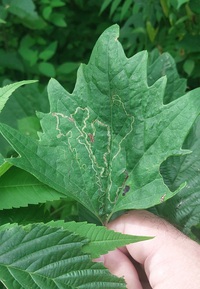
| Recorded by: Mark Basinger on 2024-08-09
Mitchell Co.
Comment: |
|

 »
»